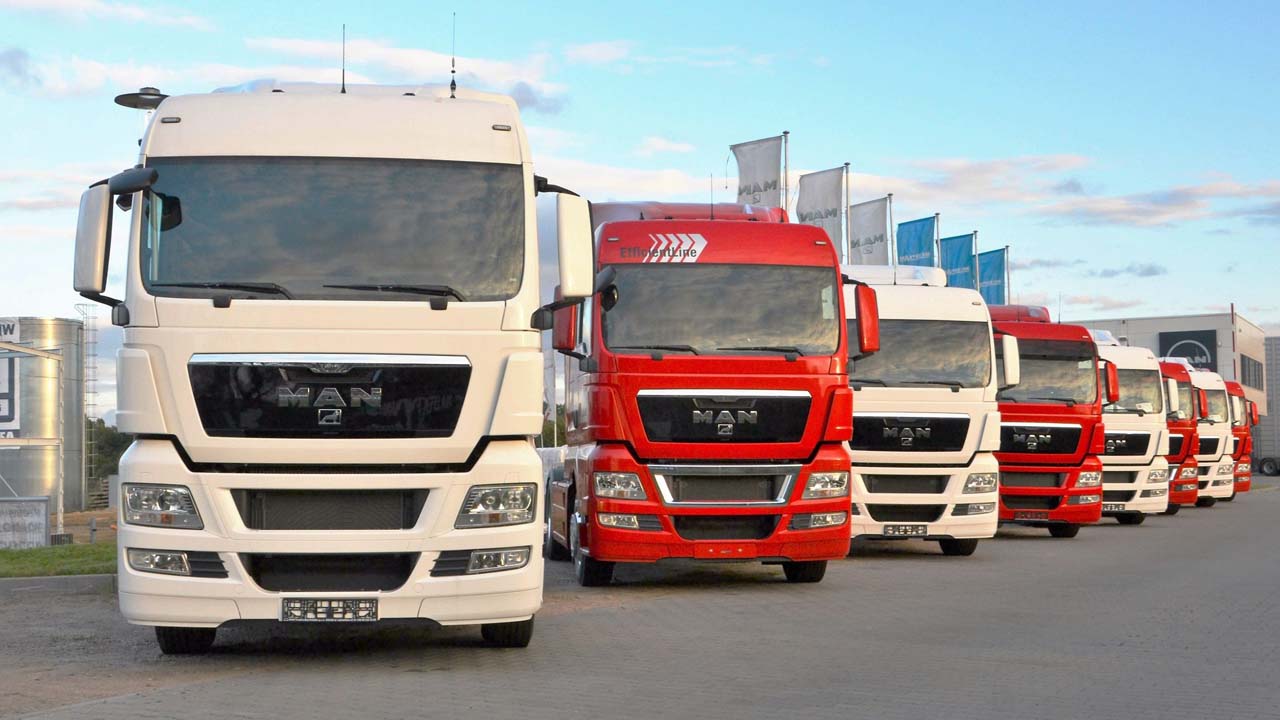The truck industry in Australia has been hauling some interesting statistics of late. For example, truck traffic is expected to increase by 25% by the end of the decade.
The pandemic has pushed parcel delivery volumes up by 80%, a key driving force behind truck demand.
Furthermore, employing more than half a million people, the transport industry has the second oldest workforce behind agriculture. The average age of a truck driver in Australia is 43.
We take a look at the demand for trucks and the overarching industry.
Recent truck demand in Australia
Unsurprisingly, the COVID pandemic has had an effect on truck sales in Australia. Comparing 2019 to 2020, sales saw a 9.2% contraction.
However, taking a closer look tells a different story.
Comparing December 2019 to the same month in 2020, truck sales increased by 7.1%. Q1, 2021 recorded a 20.6% surge against the same period in 2020.
Another standout is June of this year, smashing the previous all-time best month (June 2018) record with 4,741 units sold. Truck sales are on the road to their best-ever sales year.
Truck demand is not slowing down
According to Isuzu’s Future of Trucking Report, freight volumes will increase by 8.4% over the next two years. This is inline with government forecasts which detail significant growth in road freight to 2030.
But there are challenges
As mentioned, the trucking industry has the second oldest workforce in Australia.
Attracting new drivers is proving difficult. At present, there is a national shortage of truck drivers, something strained further by the pandemic’s effect on delivery demand.
As per an ABC News report from May this year, the average age of drivers in some states is 50, meaning retirements are on the horizon.
WA is tackling the shortage of drivers with a $6.1 million program to develop up to 1,000 new skilled drivers.
Topical: South Korean delivery drivers
Demand for transport is not something specific to Australia.
As documented in a recent topical news report, some South Korean drivers are working 90-hour weeks in order to meet demand.
Sadly, the huge workload has claimed lives.
Solutions and longevity
Technology and government incentives might offer some answers in Australia.
Increased safety offered through driver assisted technology is something truck businesses are exploring. A high level of safety can attract new drivers and dissipate some industry stereotypes.
As per Isuzu’s Future of Trucking Report, 70% of operators with a fleet of 20+ trucks say they’re interested in improving driver safety.
Prioritised features include
| Safety feature | Surveyed respondents interested |
|---|---|
| Blind spot monitoring | 47% |
| Speed limiting | 40% |
| Driver cameras / alerts to prevent fatigue and distraction | 40% |
| Stability control | 38% |
| AEB with pedestrian detection | 34% |
Alternative fuel is also a big one
In an industry that includes a large portion of sole traders operating their own trucks, keeping running costs down (and therefore profits up), is a huge part in attracting more drivers, and more sales.
In fact, 68% of operators believe electric trucks will play a major role in the future of the industry.
Most promising, although not without obstacles, are electric trucks. Naturally, Tesla is a brand that comes to mind.
The Tesla Semi is an all-electric battery-powered truck which has a potential range of 800km on a single charge. However, depending on load and configuration, it’s not uncommon to find an existing diesel variant that can manage double that (or more), handy in the Australian Outback.
Upfront costs
Batteries can account for up to a third of the build cost of electric vehicles, far more than a diesel engine in a traditional truck.
Despite development reducing cost per kilowatt hour, diesel trucks still make more economical sense for haulers.
Charging infrastructure
Of course, charging is a serious issue for potential electric truck customers.
Tesla says its Semi electric truck would charge in just 30 minutes with enough electricity to last 640 km (longer for the full 800km), an astounding achievement but still more costly (time wise) than a stop at a petrol station that results in more than double the distance.
The 30 minutes quoted is not from a household 230 volt plug either.
If you’re transporting goods long distance, you’ll want high-powered charge stations every several hundred kilometres, something Australia does not offer at present.
Fortunately, modern diesel truck engines are becoming more fuel efficient which is something operators constantly demand. Interestingly, trucks built prior to 1996 emit at least 60 times the
Particulate Matter (PM) of a comparably powered and sized new truck.
59% of those surveyed in the Isuzu report state that the cost of fuel is a key challenge. Around 75% were put off electric truck options due to charge times.
Truck statistics
- Light rigid trucks up 6% 2020 to 2021
- Articulated trucks up 4.6% 2020 to 2021
- July 2020 to July 2021 up 14% (all truck types)
- Isuzu leading sales with 5,524 units sold in August 2021
- Kenworth heavy-duty trucks up 47% August 2021 YTD
- Operating profit of $10.14 billion recorded in 2018 (transport and logistics sector)
- The average age of trucks in Australia is 14.9 years old
Truck demand in summary
With the huge increases in online shopping, the demand for trucks is not going anywhere. As regularly pointed out by some within the industry, the pandemic has both pushed those unfamiliar with online shopping to use the services and bolstered the technology.
Furthermore, with state and federal government stimulus packages, like the Infrastructure Investment response to COVID-19, means Australia’s highways are improving. This will deliver lower maintenance and running costs for truck operators, when hauling on stable, high quality terrain.
Know the ins and outs of truck finance.
Data sources: Truck Industry Council TMARK, TruckSales, Isuzu.com




